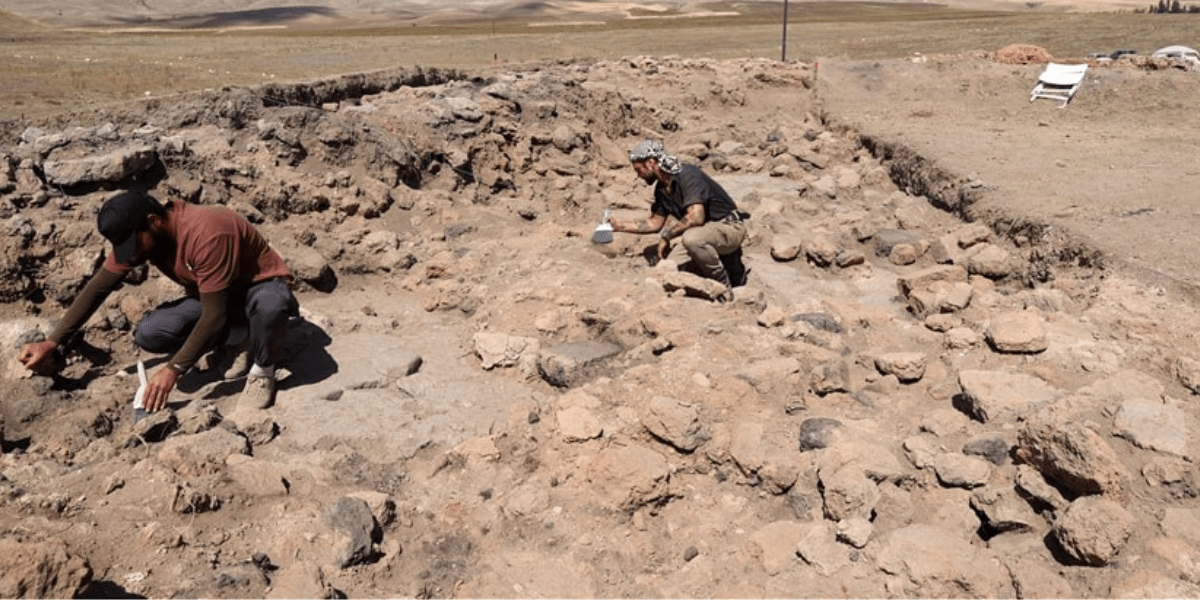
The history of the Hittite city of Šamuḫa has been traced back to the Paleolithic Era
Šamuḫa, known as an important center for the Hittites both religiously and militarily, is an ancient Hittite city located in Kayalıpınar, approximately 40 km west of Sivas within the borders of modern-day Türkiye. Situated on the northern bank of the Kızılırmak River, Šamuḫa served as a syncretic religious center for the Hittites. The excavation season,
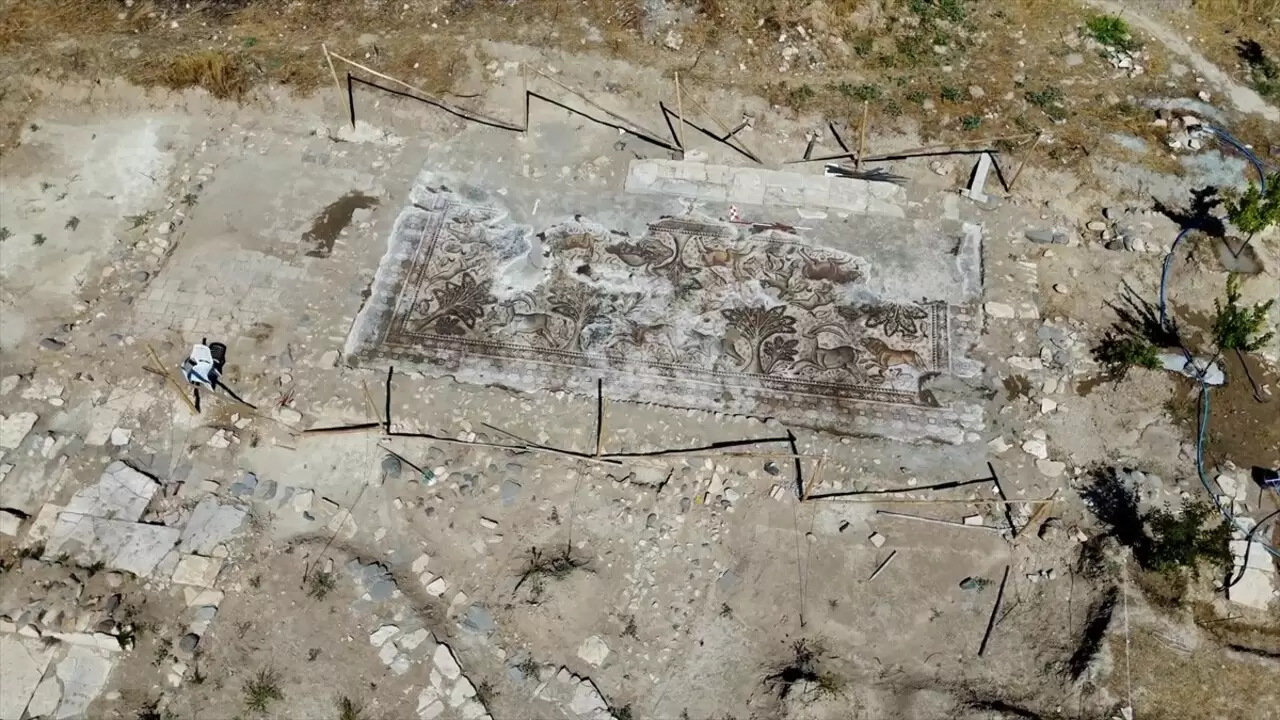
A floor mosaic thought to be from the Roman period, which the field owner found by chance while planting saplings, came to light
The work on a floor mosaic, thought to belong to the Roman or Early Byzantine period, which a farmer in Elazığ found by chance while planting seedlings in the field he bought in 2023, has come to an end. Mehmet Emin Sualp, the owner of the field, said, “We bought this land for 120 thousand
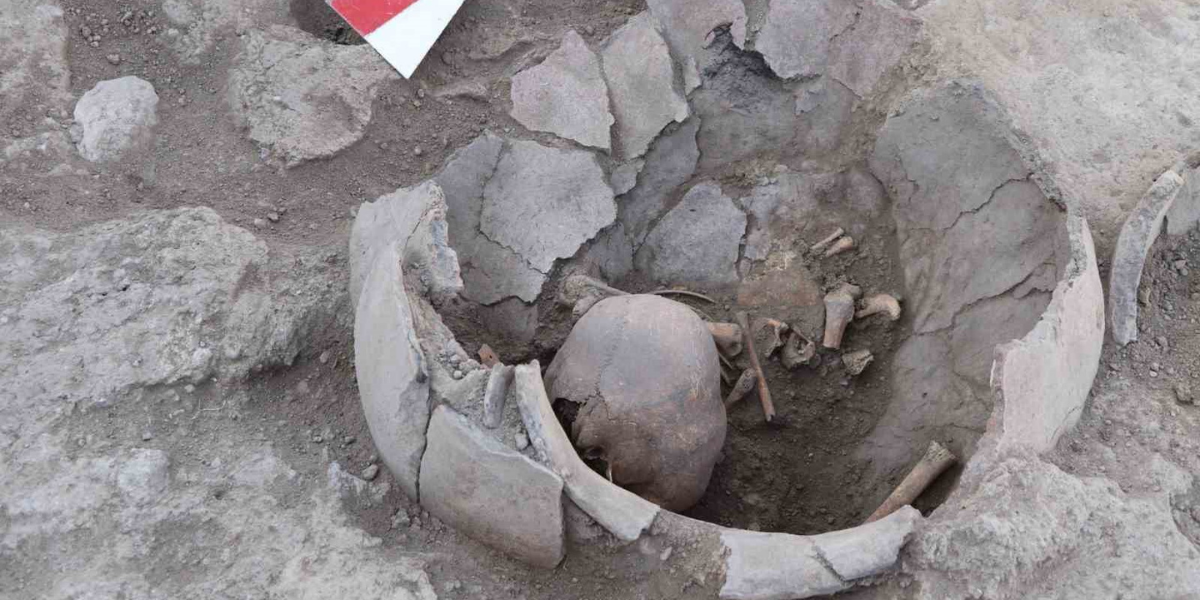
6,000-year-old shaped child skull found at Yassıhöyük
6,000-year-old shaped child skull found in Yassıhöyük, where layers from the 2,600-year-old Achaemenid period were found. Yassıhöyük is located in the Tanır neighborhood in the Afşin district of Kahramanmaraş. Prehistoric period layers were identified during the excavations carried out by the team led by Ahi Evran University Assistant Professor Elif Baştürk. Nine graves were unearthed
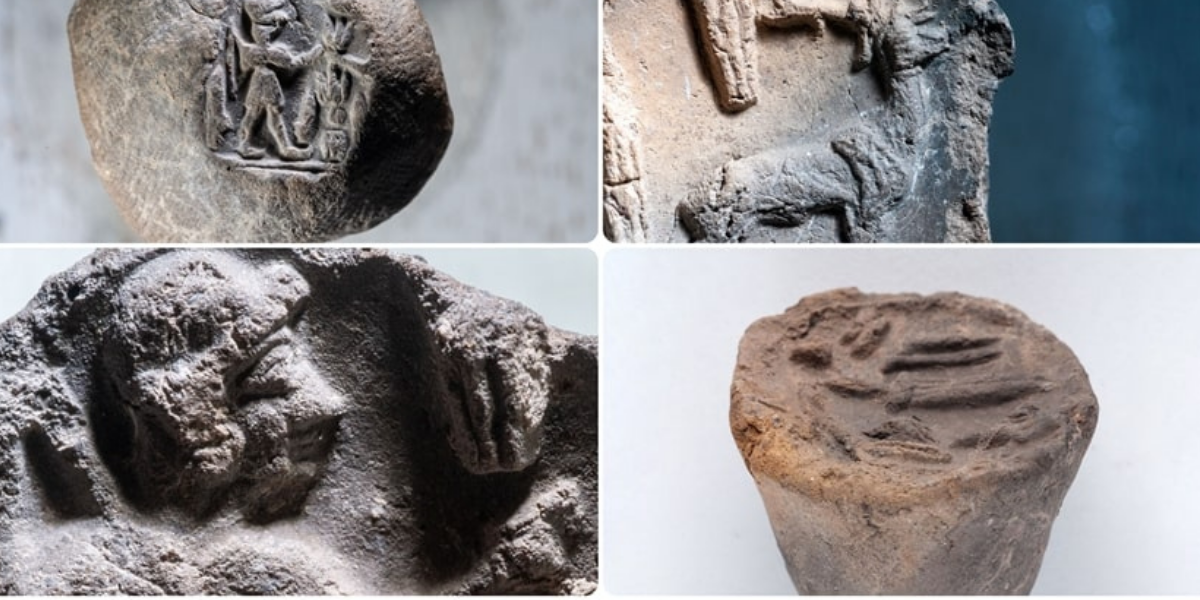
More than 50 seals belonging to members of the royal family found in the Hittite city of Šamuḫa
More than 50 seal impressions belonging to members of the royal family, including princes, scribes and local temple lords, have been unearthed in the Hittite city of Šamuḫa, now known as the village of Kayalipinar, about 40 kilometers west of Sivas province in Türkiye. Šamuḫa was one of the most important centers of the Hittite

2300-year-old sarcophagus of Roman gladiator Euphrates discovered
During the excavations of Ayasuluk Tepe and St. Jean Monument in Selçuk district of Izmir, a sarcophagus, which is thought to belong to ‘Roman gladiator Euphrates’ in the 3rd century BC, was discovered. It was determined that the 2300-year-old sarcophagus was reused in the 5th century AD and 12 skeletons were placed inside. Ayasuluk Tepe
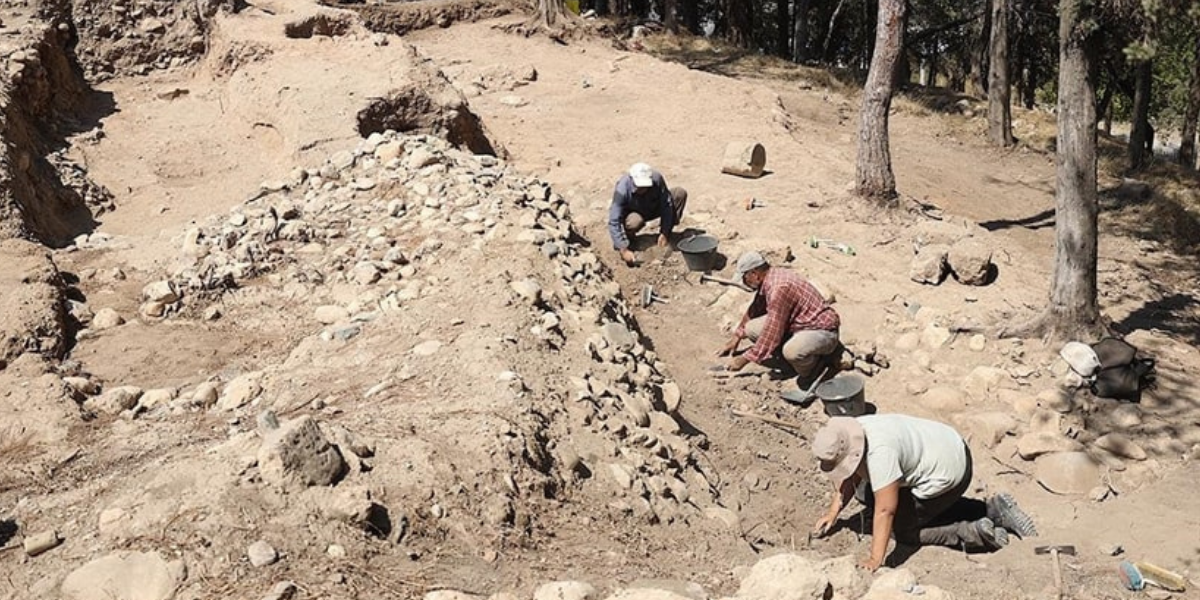
Archaeologists continue to work on the Hittite fortification structure at Yumuktepe Mound
Archaeologists continue to work on the Hittite-era fortification structure unearthed at the 9,000-year-old Yumuktepe Mound in Mersin province, Türkiye. The uninterrupted settlement from the Neolithic period to the present day makes Yumuktepe a “cradle of civilizations”. The fact that traces of the first castle-like structure in the world were found in the layer dated to

Excavations continue in Oluz Höyük, where life ended with the Battle of Zela, where Julius Caesar uttered the words “Veni Vidi Vici”
Excavations continue in Oluz Höyük, where life ended with the Battle of Zela, where the famous Roman dictator Julius Caesar uttered the words “Veni Vidi Vici” Oluz Höyük is located in the Göynücek district of Amasya, in the northeastern Anatolia region of Türkiye. The mound covers an area of approximately 45 acres. More than 2
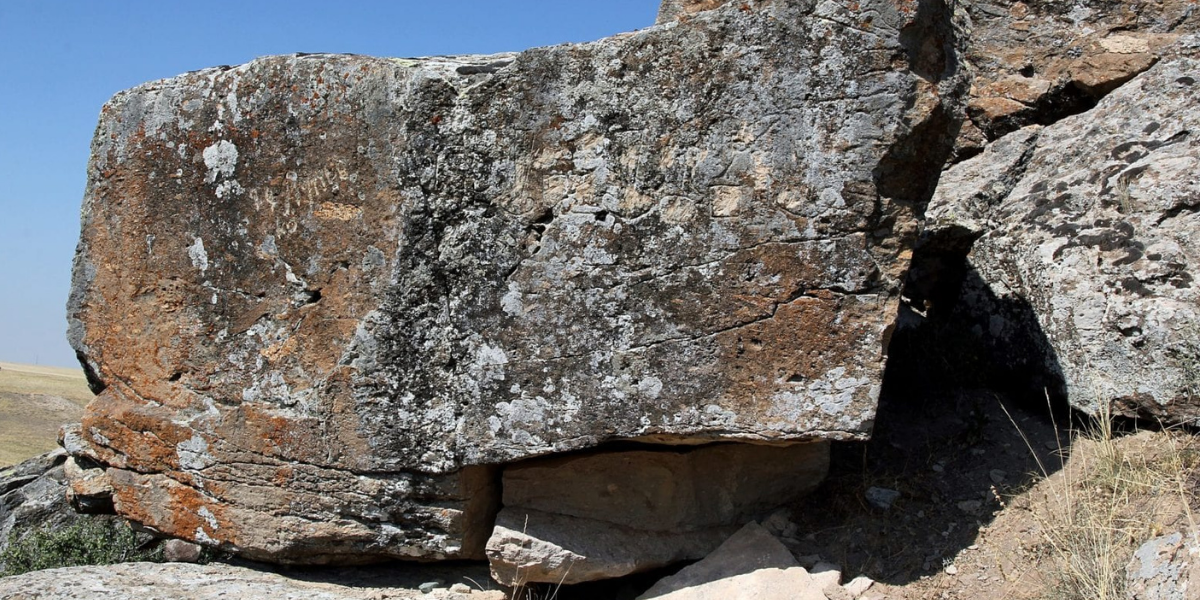
2800-year-old Burunkaya Inscription written in Luwian Hieroglyphic
Among the rich historical heritage of Anatolia, inscriptions are the most important sources that shed light on thousands of years ago. One of these inscriptions is the Burunkaya Inscription written in Hieroglyphic Luwian. The Burunkaya Inscription is located on the Burunkaya hill near the village of Gücünkaya, east of Aksaray province in Central Anatolia. This
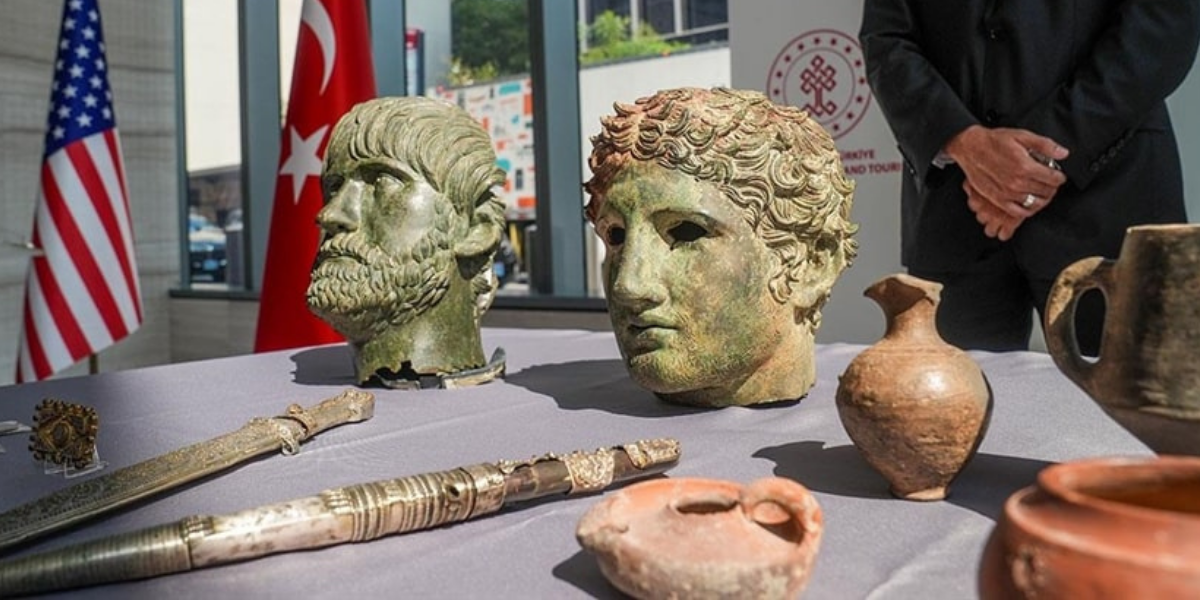
Return of 18 historical artifacts seized in the US to Türkiye held in New York
Eighteen historical artifacts illegally smuggled from Türkiye were returned at a ceremony in New York. The handover ceremony was held at the Turkish House in New York. Among the 14 artifacts seized by the joint efforts of the Manhattan District Attorney’s Office and Turkish institutions are 1 bronze statue and 2 bronze statue heads originating
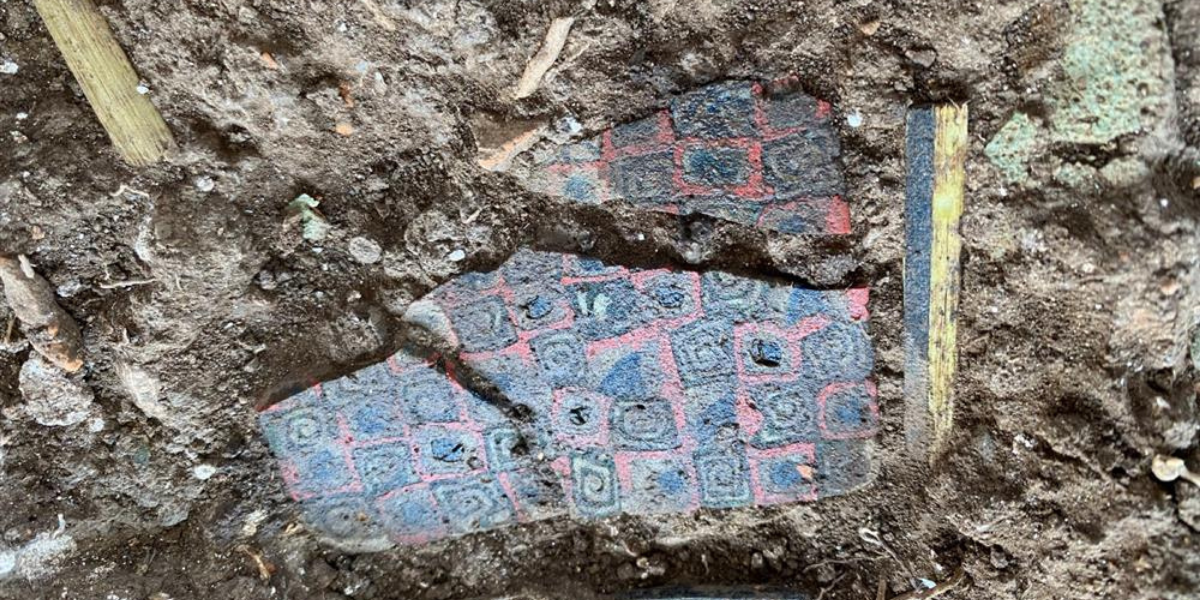
Millefiori glass plates from the 5th century AD discovered in the historic Lycian city of Myra
In the ancient city of Myra, one of the six major ancient Lycian cities, glass plates called millefiori or “Thousand Flowers” were discovered. The ancient city of Myra is located in the Demre district of Antalya. Myra takes its name from the myrtle tree and was called Muri in the Classical Age. Later it was
